The windswept dunes of Namibia stretch across the horizon like a sea of golden waves frozen in time. These towering formations, some reaching heights of over 300 meters, create one of the most surreal landscapes on Earth. The Namib Desert, often referred to as the world's oldest desert, has been shaped by relentless winds and arid conditions for millions of years, resulting in dunes that seem to defy gravity.
What makes these dunes particularly fascinating is their ever-changing nature. The sands shift continuously, creating new patterns and textures with each passing day. The famous Sossusvlei area, with its iconic red dunes, attracts photographers and adventurers from around the globe. The rich iron oxide content in the sand gives these formations their distinctive rusty hue, which becomes particularly vibrant during sunrise and sunset.
The ecological significance of Namibia's dunes cannot be overstated. Despite the harsh conditions, numerous species have adapted to thrive in this environment. The enigmatic Welwitschia plant, which can live for over a thousand years, survives by extracting moisture from coastal fog. Various reptiles, insects, and even larger mammals like oryx have developed remarkable strategies to cope with the extreme temperatures and limited water sources.
From a geological perspective, the Namibian dunes tell a story that spans millennia. The sand originates from the Orange River hundreds of kilometers to the south, carried northward by ocean currents before being deposited ashore and blown inland by prevailing winds. This gradual process has created dunes that are not only visually stunning but also scientifically valuable, offering insights into climate patterns and earth processes.
For visitors, the experience of climbing these dunes is both physically challenging and spiritually rewarding. The ascent up Big Daddy, one of the tallest dunes near Sossusvlei, tests even the fittest travelers, but the panoramic views from the top make every strenuous step worthwhile. Below lies Deadvlei, a white clay pan dotted with ancient, skeletal camel thorn trees that have stood for over 600 years, creating a stark contrast against the orange dunes and deep blue sky.
The Namibian government has implemented careful conservation measures to protect this fragile ecosystem. The entire Namib Sand Sea was declared a UNESCO World Heritage Site in 2013, recognizing its outstanding universal value. Strict regulations govern tourism activities to minimize human impact while allowing visitors to appreciate the dunes' majesty responsibly.
Beyond their natural beauty, the dunes hold cultural significance for indigenous communities. The Topnaar people, who have inhabited the region for centuries, have developed a deep spiritual connection with the desert landscape. Their traditional knowledge about surviving in this harsh environment and their folklore about the dunes add another layer of meaning to these geological wonders.
Scientists continue to study Namibia's dunes to understand broader environmental phenomena. The way these massive sand formations move and change provides valuable data about desertification processes and wind patterns. Researchers are particularly interested in how climate change might affect these ancient dunes and the unique ecosystems they support.
For those fortunate enough to visit, the Namibian dunes leave an indelible impression. The silence of the desert, broken only by the whisper of shifting sands, creates a profound sense of isolation and timelessness. As day turns to night, the clear desert skies reveal a spectacular canopy of stars, offering yet another dimension to this already mesmerizing landscape.
The future of Namibia's dunes depends on our ability to balance conservation with sustainable tourism. As awareness grows about the ecological and cultural importance of this unique environment, there's hope that future generations will continue to marvel at these natural wonders just as we do today. The Namibian dunes stand as a testament to nature's artistry and resilience, reminding us of our planet's extraordinary diversity and the importance of preserving it.

By Emily Johnson/Apr 28, 2025

By Noah Bell/Apr 28, 2025

By Christopher Harris/Apr 28, 2025
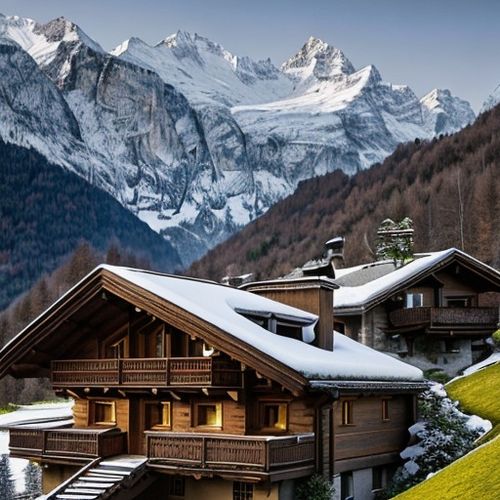
By Samuel Cooper/Apr 28, 2025

By Sophia Lewis/Apr 28, 2025

By Daniel Scott/Apr 28, 2025
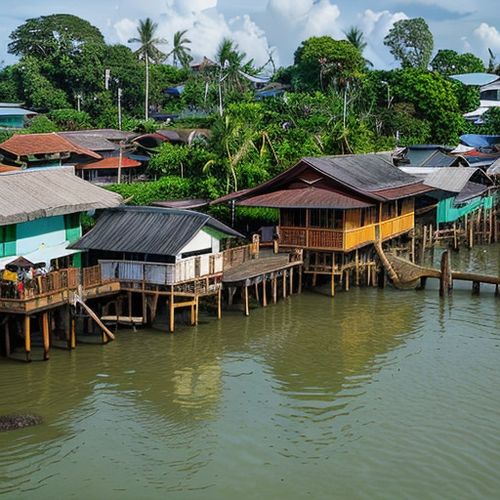
By Joshua Howard/Apr 28, 2025
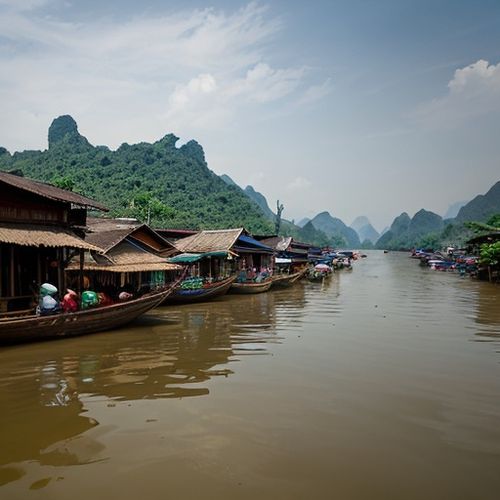
By Daniel Scott/Apr 28, 2025

By Lily Simpson/Apr 28, 2025
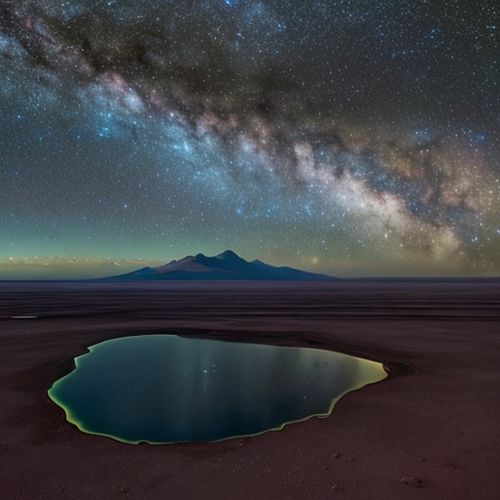
By Victoria Gonzalez/Apr 28, 2025
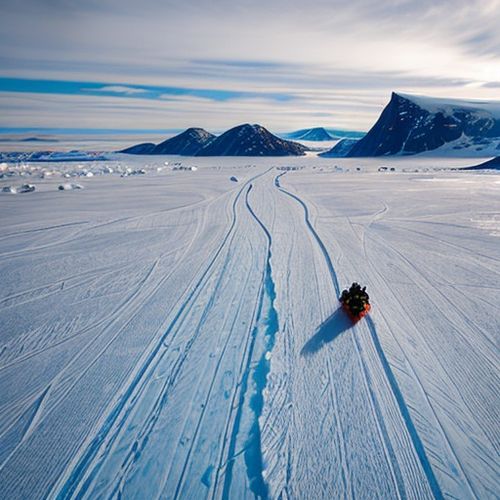
By Benjamin Evans/Apr 28, 2025
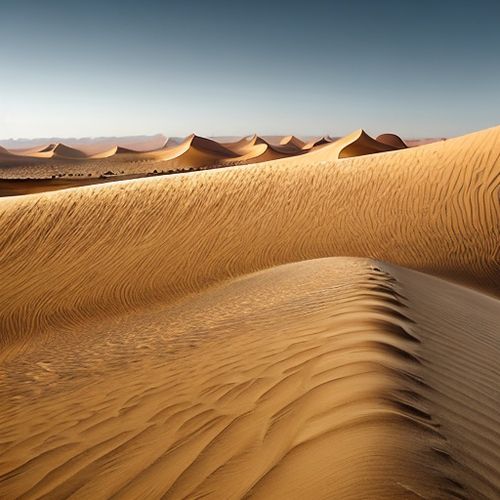
By William Miller/Apr 28, 2025
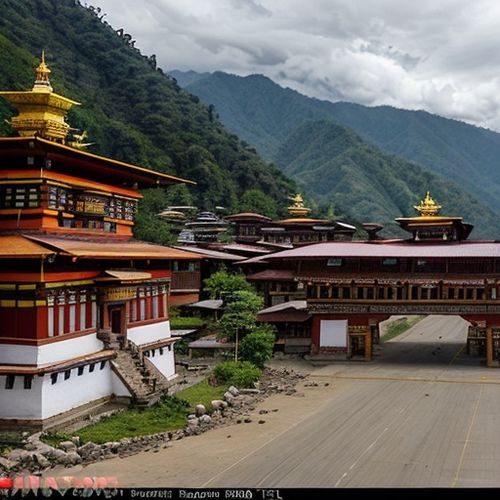
By David Anderson/Apr 28, 2025
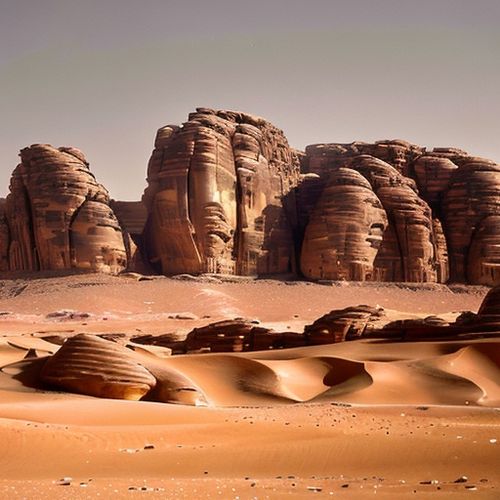
By Sarah Davis/Apr 28, 2025

By Victoria Gonzalez/Apr 28, 2025
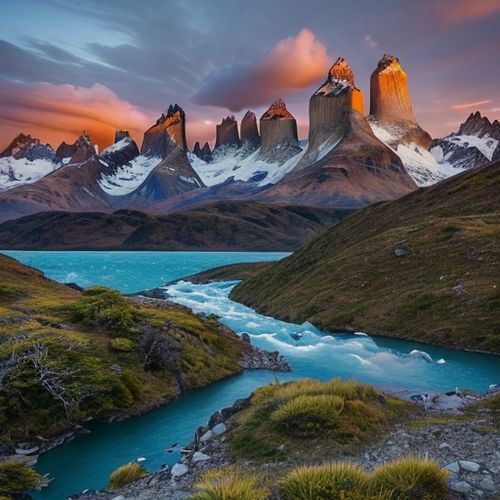
By Victoria Gonzalez/Apr 28, 2025
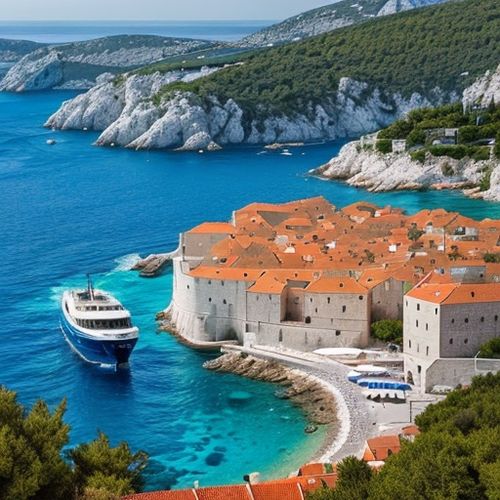
By Amanda Phillips/Apr 28, 2025

By William Miller/Apr 28, 2025
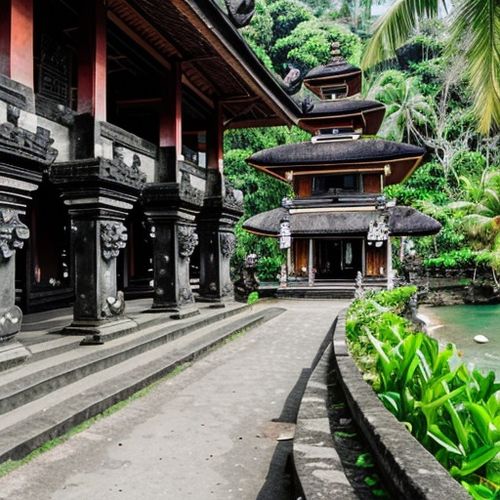
By David Anderson/Apr 28, 2025
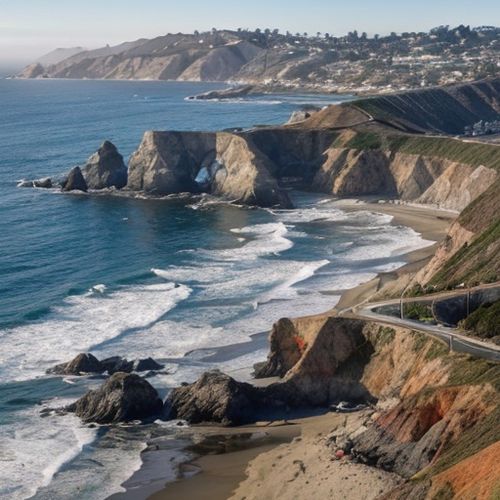
By Megan Clark/Apr 28, 2025